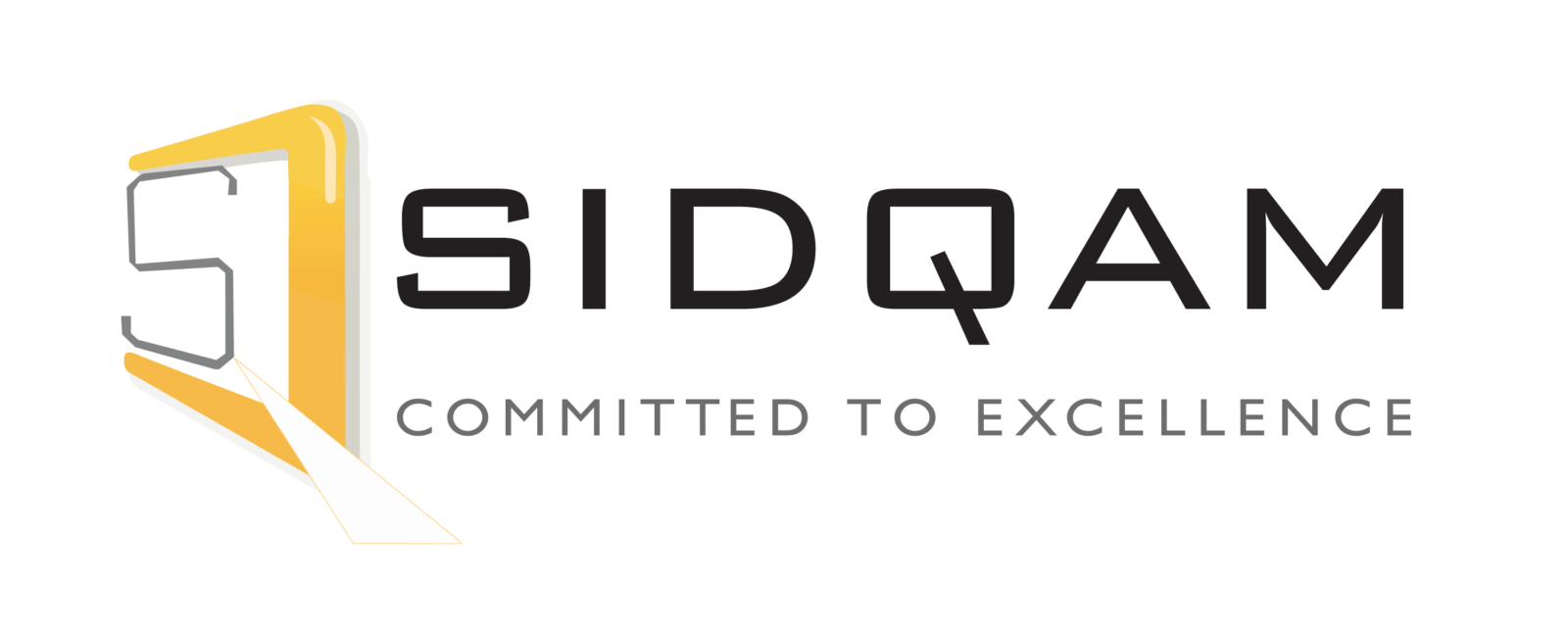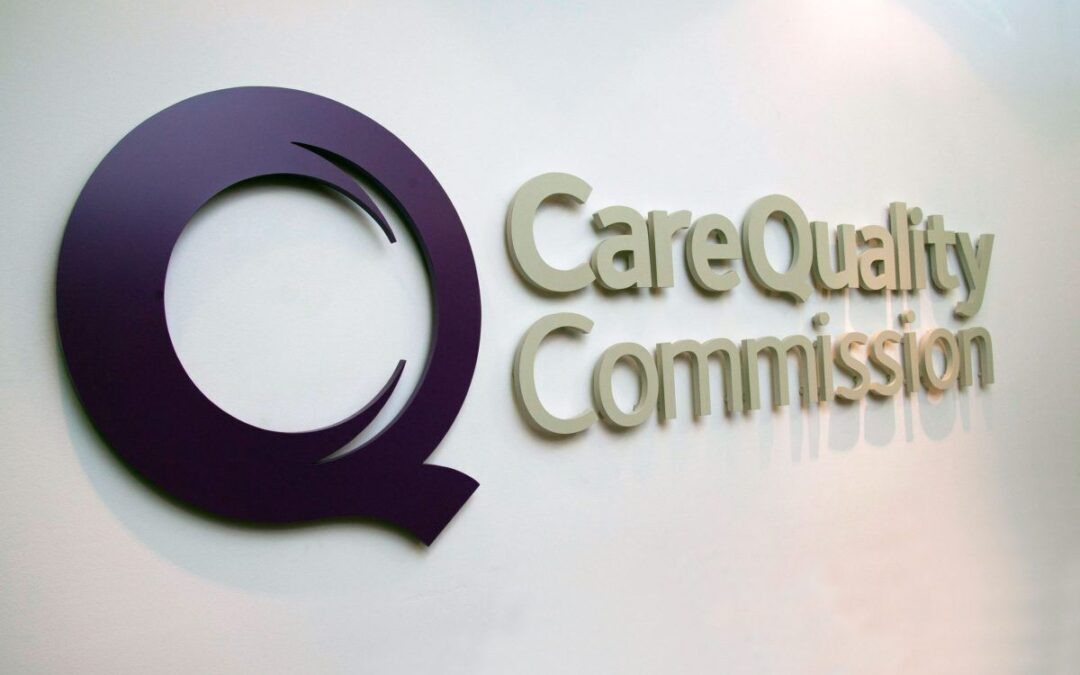The resurgence of CQC inspections for local authorities, mandated by the Health and Care Act 2022, marks a significant shift in the evaluation landscape. These changes empower the Care Quality Commission (CQC) to fulfill additional responsibilities outlined in the Care Act 2014, specifically focusing on assessing how local authorities meet adult social care duties, encompassing market shaping, market oversight, and more.
As the local councils prepare for the impending CQC inspections, it’s crucial to comprehend the intricacies of the evaluation process, the alterations introduced, and the proactive measures that can be taken for effective preparedness.
Evolution of CQC Local Authority Inspections:
Historically, annual assessments and inspections of local authorities were commonplace until the government’s decision in 2010 to divert attention towards adult safeguarding. The subsequent years witnessed collaborative efforts among councils to enhance their performance through sector-led improvements. However, last year brought a pivotal announcement – a radical shift in CQC inspections with a primary focus on streamlining and simplifying the assessment process.
The significant transformation involved discarding the existing four individual frameworks in favor of a unified assessment framework applicable across all health and care services. This strategic move positions the CQC to assess how well local authorities fulfill their responsibilities under part 1 of the Care Act.
Objectives and Priorities of CQC Inspections:
The primary objectives of the revised CQC inspections revolve around understanding the impact of care provision on outcomes for individuals and addressing health inequalities in access to care and experiences within the health and care system. Key priorities include evaluating the collaboration of services in integrated systems and assessing overall system performance.
In essence, the CQC will meticulously inspect council services, examining how they commission and oversee adult social care within their local areas.
Assessment Methodology:
A paradigm shift in the assessment methodology is marked by the abandonment of Key Lines of Enquiry (KLOE). Instead, the CQC will adopt Quality ‘We’ Statements within the single assessment framework. Analogous to KLOEs, these statements guide inspectors on what to assess, check, and question. Scoring is based on these statements, with a cumulative percentage determining the final rating.
The Quality ‘We’ Statements, categorized into four groups, form an integral part of the CQC Assurance Framework for Local Authorities. Regardless of the category, these statements assess how both local authorities and Integrated Care Systems (ICSs) work towards improving outcomes, addressing unequal access, enhancing productivity, and offering better value for money. Further details on these statements can be explored on the CQC website.
Enhanced Inspection Approach:
With the changes introduced, the CQC is empowered to scrutinize home care provision within local systems more effectively. An essential aspect of these inspections is the emphasis on people’s experiences. The CQC recognizes individuals’ experiences as valuable evidence, considering them the primary sources for understanding lived experiences of care and perceptions of its quality.
Acknowledging the diversity in people’s experiences, the CQC intends to leverage various data characteristics to provide a comprehensive perspective on these experiences.
Continuous Assessment and Information Return:
Unlike conventional inspections, the revised approach adopts a continuous assessment model. Information will be gathered across diverse domains, including provider submissions, interactions with service users, and meetings with managers and leaders. This continuous approach aims to offer a more nuanced understanding of the ongoing dynamics within local authorities.
The initiation of the process involves an information return, a tool employed by the CQC to collect evidence for assessments. These returns will be dispatched at least eight weeks before the actual visit, outlining the necessary documents, information, and data required. Local authorities are encouraged to refer to the CQC website for detailed guidance on the contents of these information returns.
In conclusion, the landscape of CQC inspections for local authorities has undergone a profound transformation. Local councils must navigate this evolved terrain by understanding the revised assessment methodologies, focusing on collaboration and integration, and proactively engaging with the continuous assessment process. By staying informed and aligning with the expectations set by the CQC, local authorities can position themselves to not only meet but exceed the standards laid out in these inspections.
If you’d like to learn more about how Sidqam helps care homes provide exceptional care , feel free to reach out to one of our team or book a demo today and learn more about our software solutions.


Recent Comments